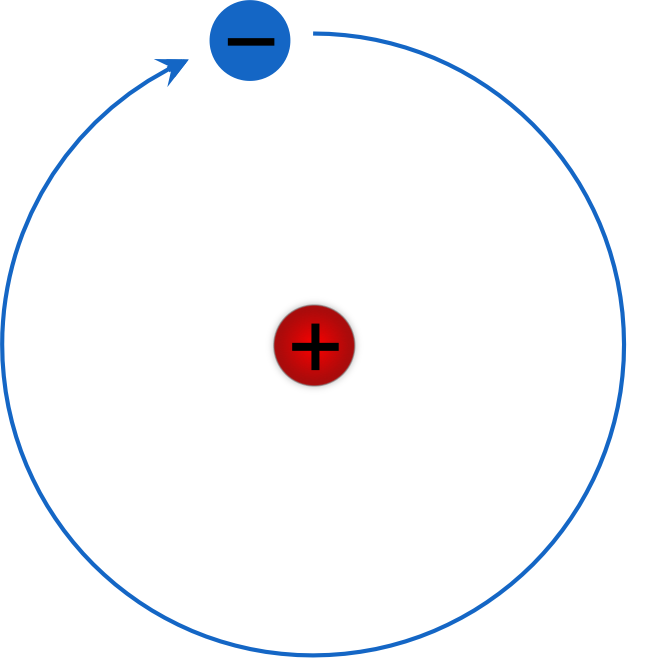

Energy produced in the form of light keeps bouncing around inside the Sun, as though the Sun were made entirely of mirrors. Here, the temperatures are high enough for hydrogen nuclei to smash together and form helium nuclei, releasing tremendous amounts of energy in various forms.

While fusion is difficult to mimic on Earth, the core of the Sun and other stars is a perfect environment for it. This heavy, sweltering place is where the Sun's energy is produced via a process known as thermonuclear fusion. In the very innermost part of the Sun, called its core, the temperature is about 15 million Kelvins, the density is 150 times that of water, and the pressure is over 200 billion times greater than atmospheric pressure here on Earth. Simply put, the Sun is a great ball of gas, hot enough to glow in every tier. The Sun has different layers with different properties, these layers are composed of material that is about 75% hydrogen and 25% helium by mass. How much energy is generated from converting such a tiny amount of mass? We can calculate by using Einstein's famous formula.Įnough energy to keep a 60-watt light bulb shining for over 100 years! If 4 grams (1/8 ounce) of H are converted to He, only 2.8x10 -3 grams of the mass is converted to energy:

This small fraction of the mass is converted into energy. The difference between the mass of 4 H atoms and 1 He atom is 0.02862 AMU which is only 0.71% of the original mass. During the process some of the mass is converted into energy.ġ Atomic Mass Unit (AMU) equals 1.67x10 -27kgs It takes four hydrogen atoms to fuse into each helium atom. In the core of the Sun hydrogen is being converted into helium.


 0 kommentar(er)
0 kommentar(er)
